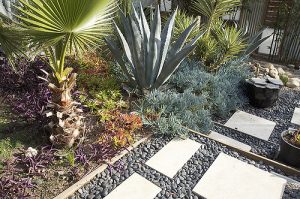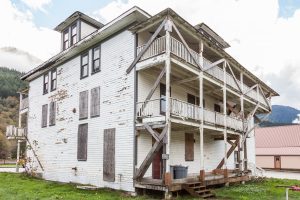What First-Time Buyers Need to Know About the Loan Approval Process
Your introduction to home buying is likely also your introduction to the world of mortgage loans, and the process is often intimidating. Do your research beforehand, becoming familiar with terms like points, fixed vs. adjustable-rate mortgages, mortgage insurance and other intricacies of home buying before starting your loan approval journey.
Preparing for Loan Approval
Get your finances in order well in advance of loan shopping. Avoid taking out new credit cards or other loans in the months before seeking mortgage loan approval. If you have existing credit card balances, try to pay them down so they are less than 30 percent of your credit limit. Make sure all of your bills, including rent and utilities, are paid on time.
Decide on how much of a down payment you can make on a property. Putting down more 20 percent or more of the purchase price means you do not have to pay costly mortgage insurance, but high home prices in Hawaii can result in substantial down payments. If putting down 20 percent on a home leaves you with little or no financial cushion, paying mortgage insurance is probably a better idea.
Pre-approval
First-time homebuyers should start by receiving pre-approval from a mortgage lender. Obtaining pre-approval requires submitting substantial documentation, including pay stubs, banks statements and pay stubs. You’ll also have to disclose any outstanding loans, such as automobile or student loan debt. When the lender pre-approves your mortgage for a specific amount, you can start your home search, since you know how much you can borrow.
Pre-approval is not the same as pre-qualified. The latter simply means the lender has done a fast estimate based on your income, assets and debts, based on the information provided with little or no verification. The bottom line is that a prequalification gives you an estimate of how much you might borrow. With a preapproval, you know how much you can borrow, and make a more informed decision during the home buying process.
Shop Around
Just as you would comparison shop for any other major purchase, it’s critical to do the same with a mortgage lender. For best results, consult at least three lenders, comparing interest rates, loan terms, and lender fees. You might also find that one lender is more efficient and responsive to your needs than others, and that can play a role in your decision when choosing a lender.
Consider Government Loans
For qualifying first-time buyers, government insured loan programs such as Federal Housing Administration (FHA), US Department of Veterans Affairs (VA), and US Department of Agriculture (USDA) loans may make more sense than conventional loans, especially for those with less than stellar credit. FHA loans require just a 3.5 percent minimum down payment, while there is no down payment required for active duty and veteran military members with a VA loan.
Contact Us
If you’re looking to buy or sell a home or find a rental property, you need a knowledgeable, experienced realtor familiar with all aspects of the Hawaiian real estate market. If you’re a first-time buyer, we can help you navigate the process. Contact Island Realty Group LLC at 808-689-7407 or IslandRealtyGroup@irghi.com.
August 23, 2019











